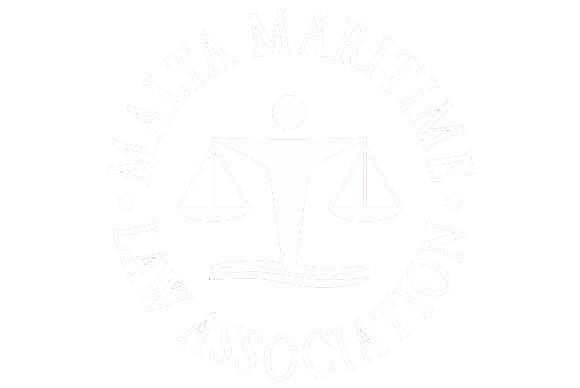The Court of Criminal Appeal overturned a conviction of a mother, since the CCTV footage of an incident with her sons, are not compatible with their account of what took place by her children. This was held in a judgement delivered in a case Pulizija -v- Omissis (the Court banned the names of the parties) on 14 May 2020. The Court was presided by Madame Justice Consuelo Scerri Herrera.
The mother was found guilty of causing slight bodily harm to her two sons in August 2017. The Magistrates Court awarded her a two-month conditional discharge, however, she appealed the judgement on the grounds that the judgement was null and void and that the lower court did not carry out a proper evaluation of the facts of the case.
The first ground of appeal attacked the judgement itself, since it did not give any reasons for the conviction as stipulated in Article 382 of the Criminal Code. This article states that the Court on delivering its judgement must give the facts for which the accused is being found guilty. Il-Pulizija -v- Benjamino Camilleri et held that the Court must list the facts that refer to the charges the accused is found guilty of. In this particular case, the Court of Criminal Appeal held that these facts were not mentioned and therefore, declared the first judgement null and void.
With regards to whether the first court had analysed the facts in accordance to law, the mother held that she did not raise her children to lie against her and pointed her finger to her estranged husband as putting them up to this. She claimed the CCTV footage supports her account of events, which is very much different from what her sons had told the court.
Madame Justice Scerri Herrera held that the Court of Criminal Appeal does not normally disturb the first court’s evaluation of the facts. This is only done if it is shown that the first court could not safely and satisfactory arrive to the conclusion it did. In Il-Pulizija v Noel Buhagiar decided on 10 April 2008, the Court of Criminal appeal held that it cannot substitute the discretion of the first court when evaluating the facts of the case, however, when the Appeals Court analyses the facts and comes to the conclusion that the first court could not arrive to its conclusion.
The facts of the case are that the mother has three children, two of which are boys. On the weekend of the incident, the mother received a visitor. The sons alleged that their mother locked them in a room and beat them a number of times. The CCTV footage was presented in court and so were medical certificates.
The two minor boys had told the court that there were violent incidents in the garage area. They were pushed against the wall, were thrown on the floor and were subjected to being punched all throughout the weekend.
The father testified and told the court that when he picked up his sons from their mother, they were crying in the car. They told him how they were locked in their room and they were beaten. Members of her family also turned up to threaten them. He then took them straight to the polyclinic to be examined.
The mother, who did not testify, denied to the police that she raised her hand against her children and held that the CCTV footage backed what she was saying.
The Court of Criminal Appeal held that there are conflicting versions of the same incidents. The Court pointed out that there was a discrepancy between what the minor children told the court and the CCTV footage. From what the Court saw from the CCTV footage, it shows that the children were not afraid of the mother and were provoking her and were doing everything to run away from home. One of the sons was seen trying to snatch a mobile phone from his mother’s hands, while the younger son sprayed deodorant in her direction. In another part of the footage, the elder son was pushing his mother against a wall and a door, while the other was throwing objects in her direction.
The mother was seen trying to stop her sons from running out of the garage and in the struggle pushed them and one of the boys put his hands against her face. The Court expressed its concern. The father had told the court that there were other incidents which were not caught on camera. Since the footage shows that the actions of the minor children could have injured the mother, then her reaction could be interpreted as arising as a result of provocation, as regulated in Article 230(c) of the Criminal Code. Although it is not clear whether she raised the defence of provocation, she mentions it in her appeal application. In Il-Pulizija -v- Alan Gauci, decided on 4 July 2013, by the Court of Criminal Appeal, held that invoking provocation as a defence must be in lieu of a crime, and that the reaction must be performed by a person with an ordinary temperament, and be of a proportionate nature to the events in question.
The Court of Criminal Appeal, held that although in the CCTV footage the mother could be seen to be forcefully pushing her children into the house, it is clear that this was not done to deliberately cause harm to the children. Although the children did sustain some injuries, they did not arise as a result of deliberate action.
Therefore, the Court upheld the appeal and revoked the first judgement and declared her not guilty of the charge.
Av Malcolm Mifsud
Partner
Mifsud & Mifsud Advocates
This article is accessible on Malta Today.
For more information you can contact one of our Team Members at Mifsud & Mifsud Advocates.











